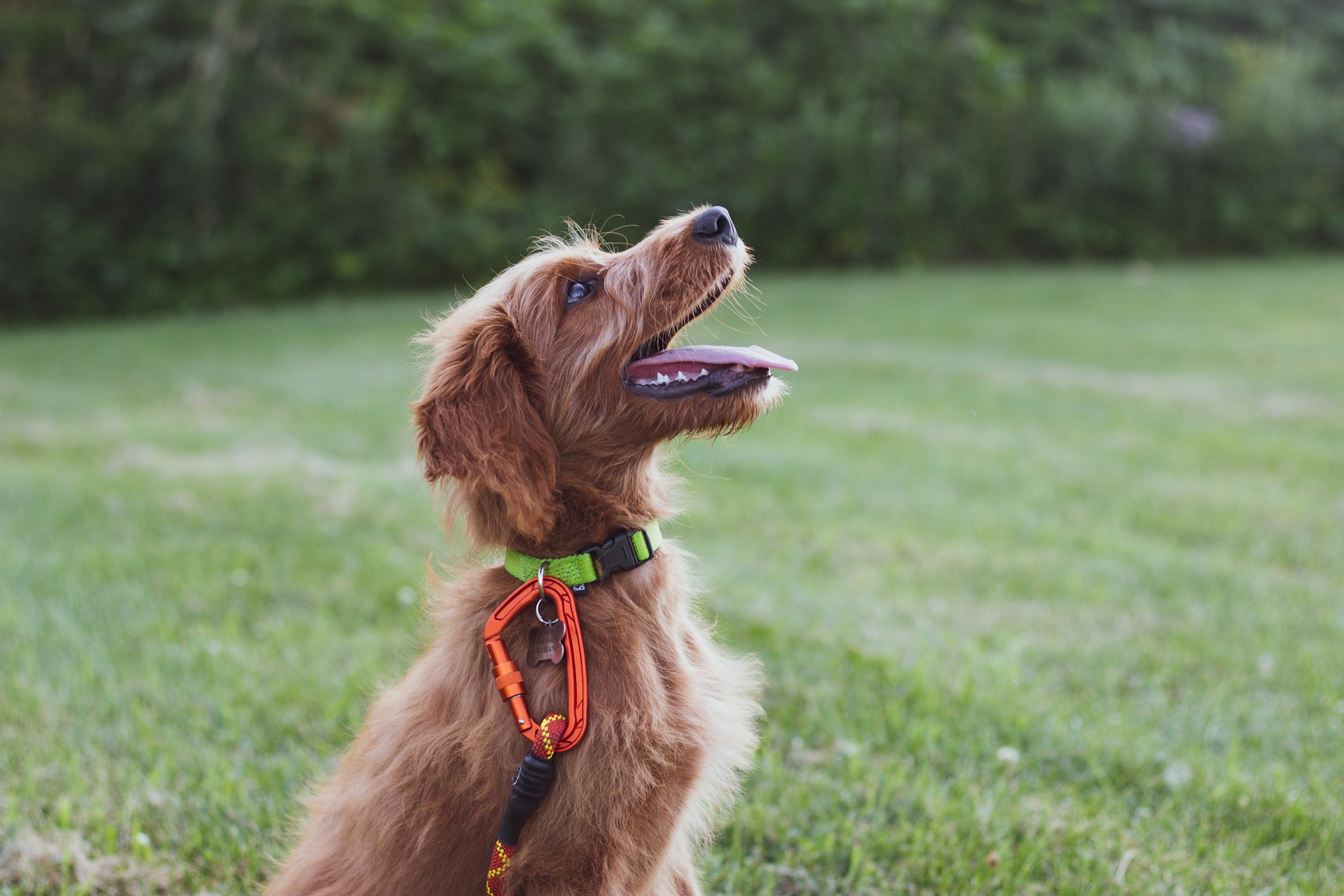Introduction to Dog Training Collars
Training your dog can feel like a big challenge, but the right tools can make all the difference. One of the most effective tools at your disposal is a dog training collar. These collars are designed to help you teach your dog to obey commands, stop unwanted behaviors, and become a well-behaved member of your family. In this comprehensive guide, we’ll explore everything you need to know about dog training collars, from their types and benefits to practical tips for safe and effective use. Whether you’re a seasoned dog owner or new to the world of canine companionship, you’ll find valuable insights to help you on your training journey.
Table of Contents
Types of Dog Training Collars
Shock Collars
Shock collars, also known as electronic or e-collars, deliver a static shock to your dog when they exhibit undesirable behaviors. These collars often come with adjustable intensity levels to ensure that the correction is appropriate for your dog’s size and temperament. While controversial, many dog owners find them effective for quick behavior correction. It’s essential to use them responsibly to avoid causing stress or harm to your pet.
Vibration Collars
Vibration collars offer a gentler alternative to shock collars. Instead of delivering a shock, they emit a vibration that captures your dog’s attention. These collars are suitable for sensitive dogs or those with hearing impairments, as the vibration can effectively communicate commands without causing distress. Vibration collars often come with multiple settings, allowing you to customize the intensity of the vibration to suit your dog’s needs.
Spray Collars
Spray collars release a burst of citronella or unscented mist to deter unwanted behaviors. Dogs generally dislike the smell and sensation, making it an effective, humane way to correct behavior. These collars are particularly useful for addressing issues such as excessive barking. Spray collars are easy to use and refill, making them a convenient option for many dog owners.
Considerations Before Buying a Dog Training Collar

Dog Size and Breed
Your dog’s size and breed play a crucial role in selecting the right training collar. Larger dogs may require collars with more robust features, while smaller breeds might benefit from gentler options like vibration or spray collars. Always check the manufacturer’s recommendations to ensure the collar is suitable for your dog’s weight and size.
Temperament and Sensitivity
Understanding your dog’s temperament is key to choosing the right training collar. Some dogs are more sensitive than others and may respond better to milder forms of correction. On the other hand, more stubborn dogs might require a more assertive approach. Consider your dog’s personality and past reactions to different types of training when making your decision.
Training Goals
Clearly defining your training goals will help you choose the most effective collar. Are you looking to curb excessive barking, improve recall, or address aggressive behavior? Different collars are designed to tackle specific issues, so identifying your primary objectives will guide you in selecting the right tool.
How to Use Dog Training Collars Safely and Effectively
Proper Introduction
Introducing a training collar to your dog should be done gradually. Start by allowing your dog to wear the collar without any corrections to get them accustomed to its presence. This initial phase helps build a positive association with the collar, reducing resistance and anxiety.
Consistency and Timing
Consistency is key when using training collars. Ensure that corrections are given immediately after the unwanted behavior to help your dog understand the connection. Consistent timing reinforces learning and accelerates progress. Remember, positive reinforcement for good behavior is equally important.
Monitoring and Adjustments
Regularly monitor your dog’s response to the collar and adjust the settings as needed. Pay close attention to signs of stress or discomfort. If your dog shows signs of fear or anxiety, consider switching to a gentler type of collar or consulting a professional trainer for guidance.

Reviews of Top Dog Training Collars in 2023
PetSafe Remote Trainer
The PetSafe Remote Trainer is a versatile e-collar that offers multiple correction modes, including static shock, vibration, and tone. It’s highly rated for its user-friendly design and effectiveness in addressing various behavioral issues. The remote control allows for easy adjustments, making it a favorite among dog owners.
Garmin Delta Sport XC
Garmin’s Delta Sport XC is renowned for its durability and advanced features. It includes customizable settings for tone, vibration, and shock, allowing you to tailor the corrections to your dog’s needs. The collar is waterproof and has an impressive range, making it ideal for outdoor training sessions.
TBI Pro Bark Control Collar
The TBI Pro Bark Control Collar is a popular choice for addressing excessive barking. It uses a combination of sound and vibration to deter barking, making it a humane option for sensitive dogs. The collar is adjustable and suitable for various dog sizes, earning high marks for its effectiveness and ease of use.
Success Stories
Bella’s Transformation
Bella, a three-year-old Labrador, was notorious for her excessive barking and jumping on guests. Her owner, Sarah, decided to try a vibration collar after traditional training methods failed. Within weeks, Bella’s behavior improved dramatically. She responded well to the gentle corrections, and Sarah noticed a significant decrease in her barking and jumping habits.
Max’s Recall Improvement
Max, a German Shepherd, had a habit of running off during walks, making recall training a challenge. His owner, Tom, opted for the Garmin Delta Sport XC. With consistent training and the help of the collar’s customizable settings, Max’s recall improved significantly. He now enjoys off-leash walks without the risk of running away.
Daisy’s Bark Control
Daisy, a small terrier, had a persistent barking problem that frustrated her owner, Lisa. She chose the TBI Pro Bark Control Collar to address the issue. The combination of sound and vibration corrections worked wonders for Daisy. Lisa reported a noticeable reduction in barking within a few days, bringing peace and quiet back to their home.
Conclusion
Dog training collars can be powerful tools for shaping your dog’s behavior and ensuring a harmonious relationship. From understanding the different types to choosing the right one for your dog’s needs, this guide has covered all the essential aspects. By using training collars safely and effectively, you can achieve your training goals and enjoy a well-behaved, happy dog.
If you have any questions or want to share your own experiences with dog training collars, we’d love to hear from you. Feel free to leave a comment below or reach out to our community of dog lovers. And don’t forget to explore our online store for a wide selection of top-rated training collars and accessories to support your training journey.
Happy training!






